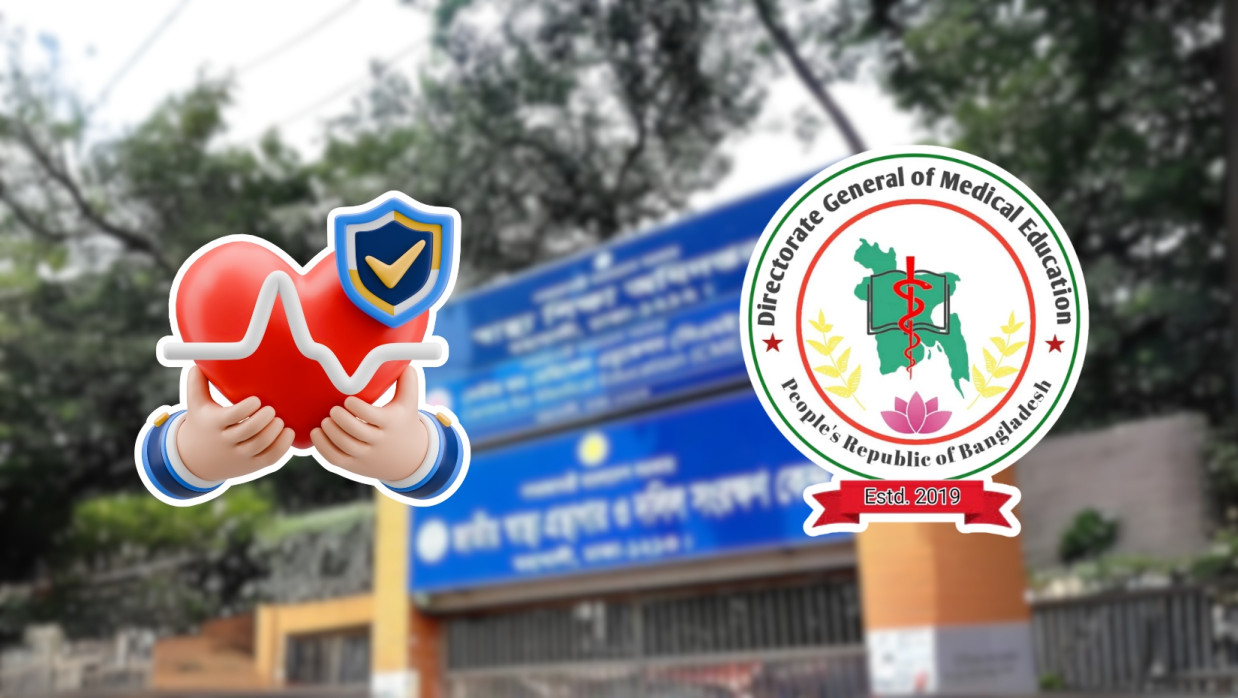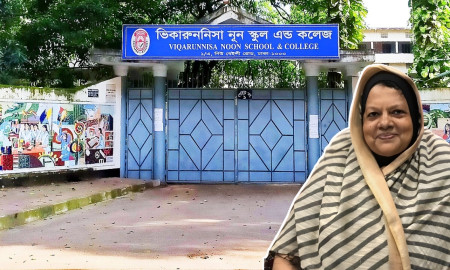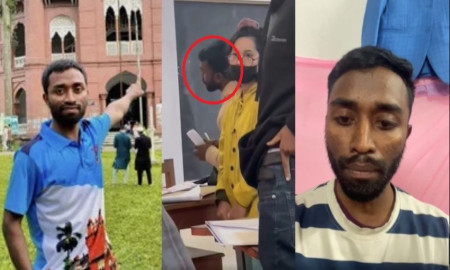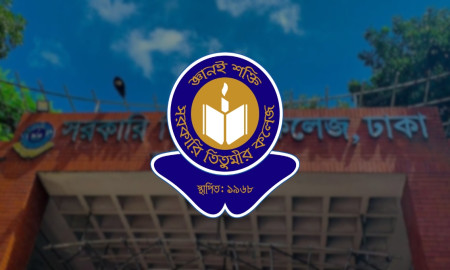Severe Teacher Shortage in Government Medical Colleges
Less Than Half of Required Faculty, Raising Concerns Over Education Quality

Bangladesh’s 37 government medical colleges are facing a critical teacher shortage, operating with over half of their faculty positions vacant. This crisis is placing significant physical and mental strain on existing teachers and depriving students of adequate instruction. Experts warn that this is undermining the quality of medical education and posing risks to the healthcare sector.
According to the Human Resource Management Division of the Directorate General of Medical Education (DGME), as of June this year, the 37 colleges have 5,241 approved positions for professors, associate professors, and assistant professors, but only 2,544 are filled, leaving 2,697 posts (51.5%) vacant. Specifically, of 900 professor positions, only 312 are occupied, with 588 vacant. Similarly, 790 associate professor and 1,319 assistant professor posts remain unfilled, with 920 and 1,312 personnel working, respectively.
In 10 critical clinical disciplines, only 945 of 1,703 positions are filled, leaving 758 vacant. For basic subjects, including curator and lecturer roles, 1,624 of 2,155 posts are occupied, with 531 vacant. Sources indicate that the shortage is most severe in basic subjects like anatomy and physiology, as students show little interest due to limited practical opportunities, resulting in fewer specialized teachers.
A director from the DGME, speaking anonymously to The Daily Campus, said, “If three teachers take three classes each, that’s nine classes a week. But with only one teacher, they can’t handle more than three or four, compromising students and stressing the teacher.” The crisis is attributed to delays in recruitment and promotions. Since the interim government took office, no promotion boards convened for nearly eight months, worsening the situation. Even when promotions occurred, new postings were not assigned.
Professor Dr. Md. Nazmul Hossain, Director General of the DGME, told The Daily Campus, “The teacher shortage is affecting the quality of medical education. Some promotions have occurred in the last one to one-and-a-half months, but postings are delayed due to the development of software. This will be completed within one to two weeks. Promotions are ongoing, and we hope the crisis will ease soon.”
To address the shortage in basic subjects, the ministry has introduced measures. Since 2019, teachers in eight basic subjects—anatomy, physiology, biochemistry, forensic medicine, community medicine, pharmacology, microbiology, and pathology—have received grade-based incentives. Anesthesiology and virology teachers were later included. Earlier this year, the DGME proposed an incentive of 100% of basic salary, but it was stalled by the Finance Ministry due to economic constraints. In July, a 50% incentive was approved, later increased to 70%, though no notification has been issued yet.
Additionally, a proposal for a monthly Tk 20,000 incentive for government postgraduate students in basic subjects is under consideration. The Health Ministry has approved it, pending Finance Ministry clearance. Dr. Hossain said, “This will encourage students to pursue basic subjects.”
A senior DGME official noted that even the existing positions fall short of required standards. For example, Dhaka Medical College had one anatomy professor for 150 students decades ago, but now, with 250 MBBS students plus foreign and postgraduate students, the total exceeds 400. “One teacher can’t handle 400 students. We’re working on creating new posts to meet standards,” the official said.
Another DGME director, speaking anonymously, claimed, “The shortage burdens teachers, but quality isn’t compromised. Exams follow the curriculum and calendar, and student needs are met despite low salaries.” However, experts warn of long-term risks.
Recent data (March 2025) indicates 2,700 of 6,446 posts (43%) across the 37 colleges are vacant, with 64.65% of professor posts unfilled. This has led to student protests at institutions like Sher-e-Bangla Medical College. Professor Rashid E. Mahbub warned, “This is dangerous for the health sector.”
The government is addressing the crisis through recruitment, postings, and incentives, but without swift implementation, the quality of medical education risks further decline.












